Dissecting the Technology of ‘The Martian’: NASA’s Roadmap to Mars
There are numerous similarities between The Martian and how NASA actually handles things in space, such as water, air, electrical power and problem solving. Today, we'll examine NASA's current plan for visiting Mars.
The movie edition of Andy Weir’s fantastically popular sci-fi novel, The Martian, is set to hit theaters in just a few days. Although the storyline is fictional, NASA has taken a keen interest in the movie, providing consultants to Hollywood and hosting a handful of promotional events. Clearly, the agency sees something to celebrate in Weir’s vision of the future for manned spaceflight.
As we have seen in the previous articles of this series, there are numerous similarities between The Martian and how NASA actually handles things in space, such as water, air, electrical power and problem solving. In this final article we’ll examine NASA’s current plan for visiting Mars.
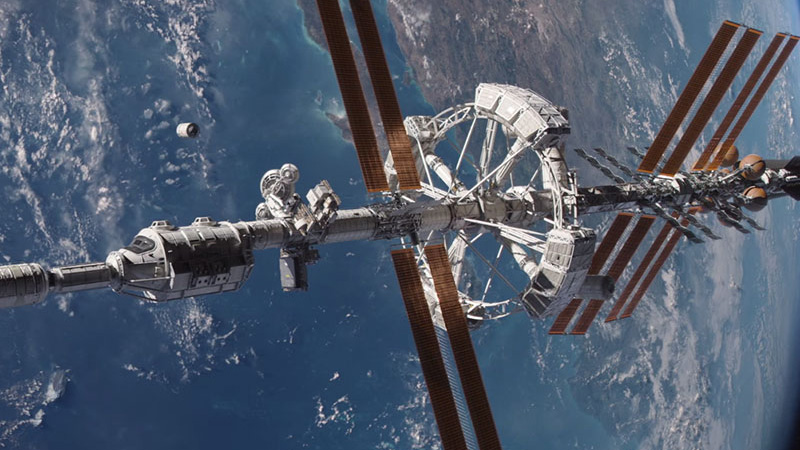
Red Planet Ambitions
NASA is not being secretive about their plans for putting humans on Mars as early as 2030. They’ve even published a website with a slew of information. Yet, any plans that project 15+ years into the future are bound to be heavy with technical and financial assumptions. As the agency moves forward, the plan will certainly evolve to match the reality of the times.
We’re finding out that Mars has a very diverse landscape. Scientists are still trying to decide where the first manned Mars expeditions will land. It is a debate that will likely linger well into the next decade. Several satellites are currently orbiting Mars and mapping its surface. Lower-resolution, broad-brush mapping images will help the scientists narrow down the field of landing site candidates. Subsequent high-resolution imagery will be used to pinpoint precise landing locations.
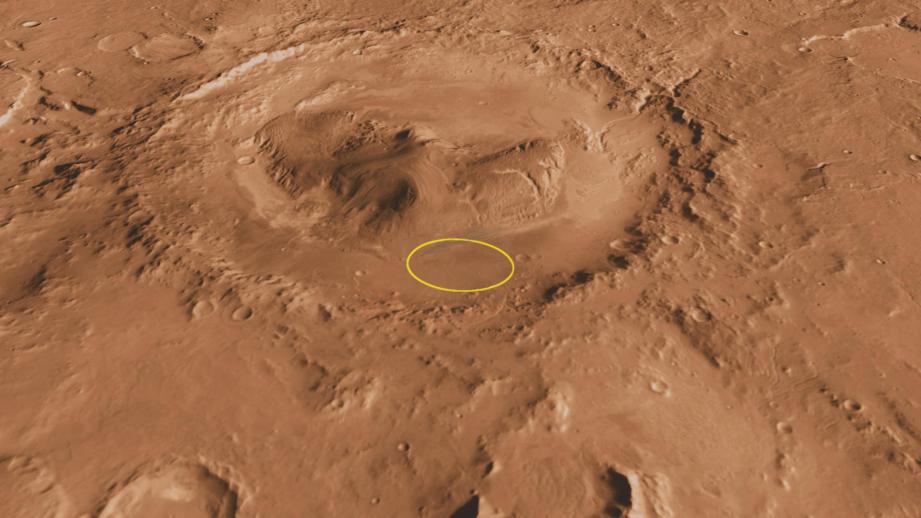
While many fundamental aspects of a manned Martian mission remain in limbo, the basic timeline appears to be ironed out. If you’ve read Weir’s book, you’ll notice that it follows NASA’s plan nearly verbatim. It goes something like this:
Cargo ship launches
- Precedes launch of Mars-bound crew by 2-4 years
- Deposits supplies, “oxygenator”, and return vehicle on Martian surface
Manned Rocket Launches
- Perform system function checks of transfer vehicle in Earth orbit
- Head to Mars (6-9 month transit)
Crew Enters Mars orbit – Perform system function checks of Mars descent vehicle
Crew Descends to Martian Surface
- Stay 300-500 days
- Live in habitation module
- Utilize Martian soil and water to extent possible
- Rove to other sites for study
Crew returns to Mars orbit in Mars ascent vehicle – Rendezvous with transfer vehicle
Return to Earth – 6-9 month transit
Splashdown!
To better understand the challenges posed by manned Martian missions, I spoke with two of NASA’s visionaries who are helping to shape the agency’s plans: Bret Drake, who serves as Chief Architect on the Human Spaceflight Architecture Team at the Johnson Space Center in Houston, and Dr. Jim Green, who is the Director of Planetary Sciences at NASA Headquarters in Washington DC. Both served in advisory roles to the production crew of The Martian.
What are some of the primary technological hurdles that must be conquered before a manned Martian mission is truly feasible?
Dr. Jim Green : You can go back in history and see where NASA has said ‘We’re 30 years from being on Mars’, and then every 5 or 10 years, they’ve said the same thing…’We’re 30 years from being on Mars.’ So, it sounds like it’s never going to happen. But, we’ve really turned the corner. We now know so much about Mars. We know more about Mars than any other planet aside from Earth. Human exploration can leverage nearly everything that we’ve learned.
We have the necessary technologies in-hand, but we do have some things that we have to develop. One thing is the Mars entry system. We know how to deliver 1 ton to the surface of Mars [Curiosity rover], but 10 tons [estimated payload for human missions] is a little different and we haven’t done that. It’s an order-of-magnitude next step. But it’s obtainable to us and something that we can do.
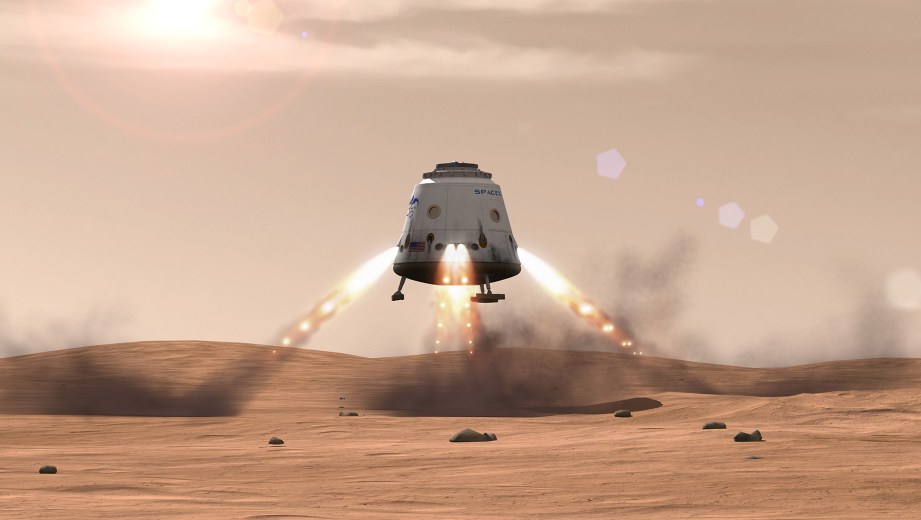
Right now, we’ve done a little work on a Mars ascent vehicle [the ship that will carry astronauts from the Martian surface to an orbiting transfer vehicle], but we haven’t made enormous progress. Part of that is because we’re really pretty good with rockets. We have plenty of companies that, once we turn their attention from developing commercial rockets for Earth, they can make ascent rockets for Mars. I think that will rapidly fall into place.
We actually know a lot about the radiation environment [on Mars]. Curiosity has taken a dosimeter with it, so we know what the radiation environment was all the way to the planet. We know what it’s been on the rover as it’s moved around. We also know that we have to develop some mitigation strategies for that.
Water is a great absorber of a variety of radiation that is solar induced, and also galactic cosmic rays. We can develop a hab [habitation module] with water in its walls. There are some things there that have to be worked out. We know the directions of research that we need to do, but we’re not developing or building any of those things right now.
Can you give an example of a significant breakthrough that’s been realized within the past five or so years?
JG: The biggest achievement is our understanding of Mars itself. For human exploration, it is absolutely essential to know that there are underground aquifers. The last several missions that have landed, like Curiosity, are working in conjunction with our Martian orbiters to do what we call ‘follow the water’. The goal is to look at Mars, understand its water history, and then determine where the water went. We also aim to determine if water is readily available…and if so, where that would be. Consequently, we now know that there are all sorts of water resources…because we’re finding them. We see water pouring out of the sides of craters at certain times of the season…water running down the sides of the craters and then evaporating away.
Five years ago, we would have been looking at a much different Mars to live on. We didn’t have enough knowledge about the soil. We didn’t have the water table that we have now. We hadn’t seen or understood the large amount of water that’s available. We’re making tremendous and rapid progress.
Do you see this as a US-only endeavor, or will it be an international effort?
JG: The agency has always said that we would not do it alone. Our experience on station [International Space Station] has been fantastic. We’ve worked with many countries that have developed all kinds of space capabilities. They are very capable partners and they will be playing an ever-increasing role as we begin defining what we’re actually going to do [on Mars].
What are the primary physiological constraints with sending humans to Mars?
Bret Drake: Besides the human health issues associated with long-duration transits, I think the biggest thing will be the astronauts’ ability to adjust to Martian gravity [approximately 3/8 of Earth gravity]. After spending several months in zero G while getting there, it will take them a few days to adjust to gravity. We can mitigate the impact with nutrition and conditioning – through exercise – during the flight, but there will still be a transition phase.
It’s a lot like we see today with astronauts returning from the ISS. The big difference is that on Earth, we have a large cadre of support folks on hand to unbuckle them and get them out of their recumbent seats. Obviously, they will have to do it all themselves on Mars.

What are the psychological concerns?
BD: The crews that go to Mars are going to be truly isolated for a long time. It is critical that the astronauts are able to get along and work together. When we get ready to select these crews, we’re going to have to use a deeper selection process than we use now to make sure that they are compatible. We are looking for guidance by analyzing how Antarctic expedition teams and submarine crews are selected.
Is there any medical data you’re hoping to glean from Scott Kelly’s 1-year stay on the ISS that applies directly to plans for visiting Mars?
BD: We have a lot of good medical data from astronauts who have done the normal 6-month rotation on the ISS. What we’re hoping to find out from Scott and Mikhail [Kornienko – a cosmonaut who is also spending a year on the ISS] is whether the trends we see keep going. For instance, do bone loss or eyesight changes plateau at some point?
This mission will only provide two data points, so it’s not statistically reliable data. We need to get more people up there for long-duration missions. Before we go to Mars, we may want to do an intermediate step where crews will spend longer than a year in cislunar space [between geostationary orbit and the moon].
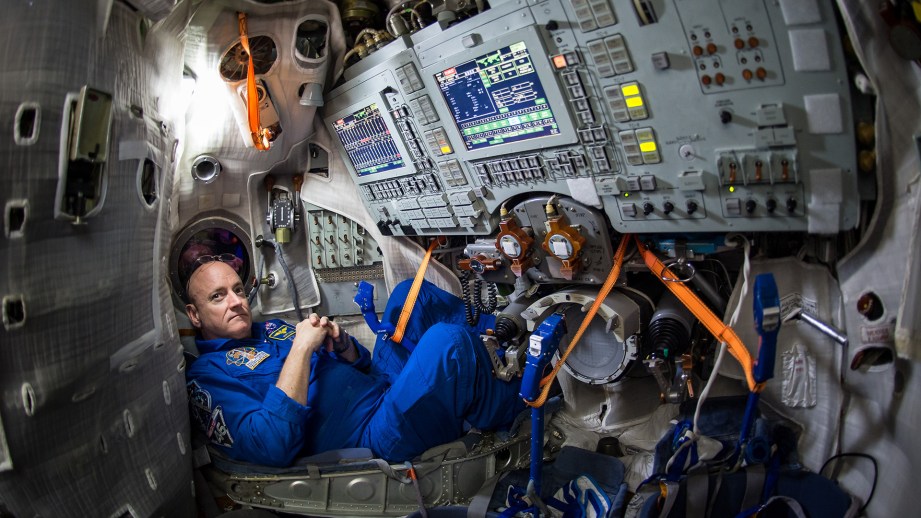
Moving Forward
While ‘The Martian’ is in lockstep with NASA’s script for putting humans on Mars, there is no question that the plan will change to accommodate ever-shifting technologies, budgets and priorities.
Clearly, Weir has done intensive research to ensure that his story accurately portrays a mission to Mars. That is likely one of the reasons for the book’s runaway popularity. Prerelease buzz and reviews suggest that the movie will be no less popular.
While Weir is in lockstep with NASA’s script for putting humans on Mars, there is no question that the plan will change to accommodate ever-shifting technologies, budgets and priorities. Such ambitious long-term aspirations are living things that must mature. Whether the adult state of a manned Martian mission ultimately resembles its current form is hardly the point. The only thing that matters is that it stays alive.
Author’s Note –Thanks to Dr. Jim Green and Bret Drake for taking considerable time to educate me on NASA’s Mars missions.
Terry spent 15 years as an engineer at the Johnson Space Center. He is now a freelance writer living in Lubbock, Texas. Visit his website at TerryDunn.org and follow Terry on Twitter: @weirdflight
One thought on “Dissecting the Technology of ‘The Martian’: NASA’s Roadmap to Mars”
Leave a Reply

One Day Builds
Adam Savage’s One Day Builds: Life-Size Velocirapt…
Adam embarks on one of his most ambitious builds yet: fulfil…

Show And Tell
Adam Savage’s King George Costume!
Adam recently completed a build of the royal St. Edwards cro…
All Eyes On Perserverance – This is Only a Test 58…
We get excited for the Perserverance rover Mars landing happening later today in this week's episode. Jeremy finally watches In and Of Itself, we get hyped for The Last of Us casting, and try to deciper the new Chevy Bolt announcements. Plus, Kishore gets a Pelaton and we wrack our brains around reverse engineering the source code to GTA …
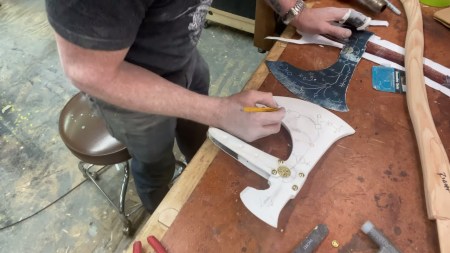
Making
Adam Savage in Real Time: God of War Leviathan Axe…
Viewers often ask to see Adam working in real-time, so this …

One Day Builds
Mandalorian Blaster Prop Replica Kit Assembly!
Adam and Norm assemble a beautifully machined replica prop k…
House of MCU – This is Only a Test 586 – 2/11/21
The gang gets together to recap their favorite bits from this past weekend's Superb Owl, including the new camera tech used for the broadcast and the best chicken wing recipes. Kishore shares tips for streamlining your streaming services, and Will guests this week to dive into the mind-bending implications of the latest WandaVision episod…

One Day Builds
Adam Savage’s One Day Builds: Royal Crown of Engla…
One of the ways Adam has been getting through lockdown has b…

Making
Adam Savage Tests the AIR Active Filtration Helmet…
Adam unboxes and performs a quick test of this novel new hel…

Making
Weta Workshop’s 3D-Printed Giant Eyeballs!
When Adam visited Weta Workshop early last year, he stopped …

One Day Builds
Adam Savage’s One Day Builds: Wire Storage Solutio…
Adam tackles a shop shelf build that he's been putting off f…






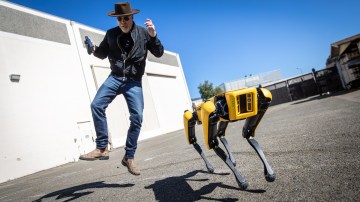



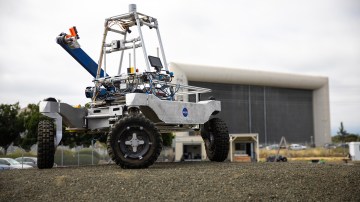
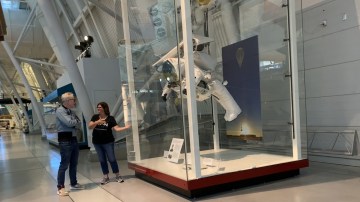

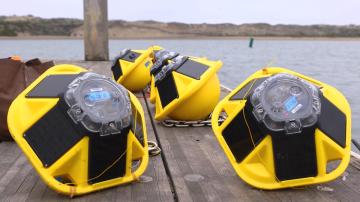
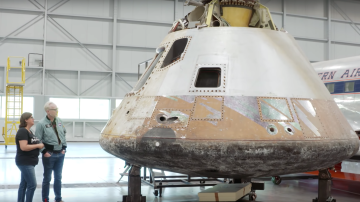
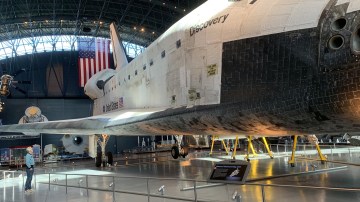

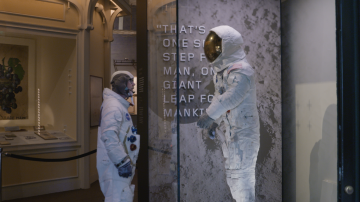
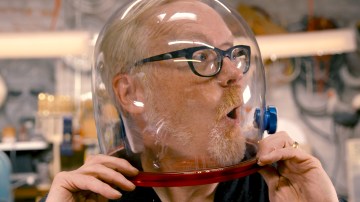
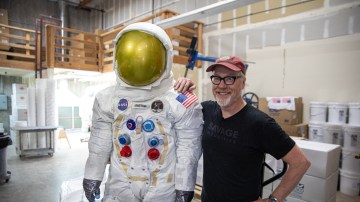

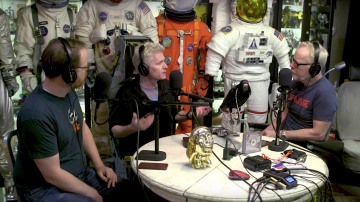




GREAT article, as usual!